Sleep is a fundamental necessity for most animals, but the ways they acquire those precious hours of rest can be quite extraordinary. From sleeping upside down to practically hibernating while still on the move, animals have adapted unique sleep strategies that suit their diverse lifestyles and environments. The following article delves into the top 10 animals that sleep in the most unusual ways, highlighting the fascinating adaptations that enable them to rest effectively in their habitats.
1. Dolphins – Half-Brain Sleeping

Dolphins exhibit a remarkable adaptation known as unihemispheric slow-wave sleep. This means that only one-half of their brains sleep at a time, while the other half remains awake and alert to surface for air, avoid predators, and maintain social contact. This fascinating sleep adaptation allows dolphins to navigate the ocean 24/7 without missing a beat.
2. Giraffes – Minimalist Nappers
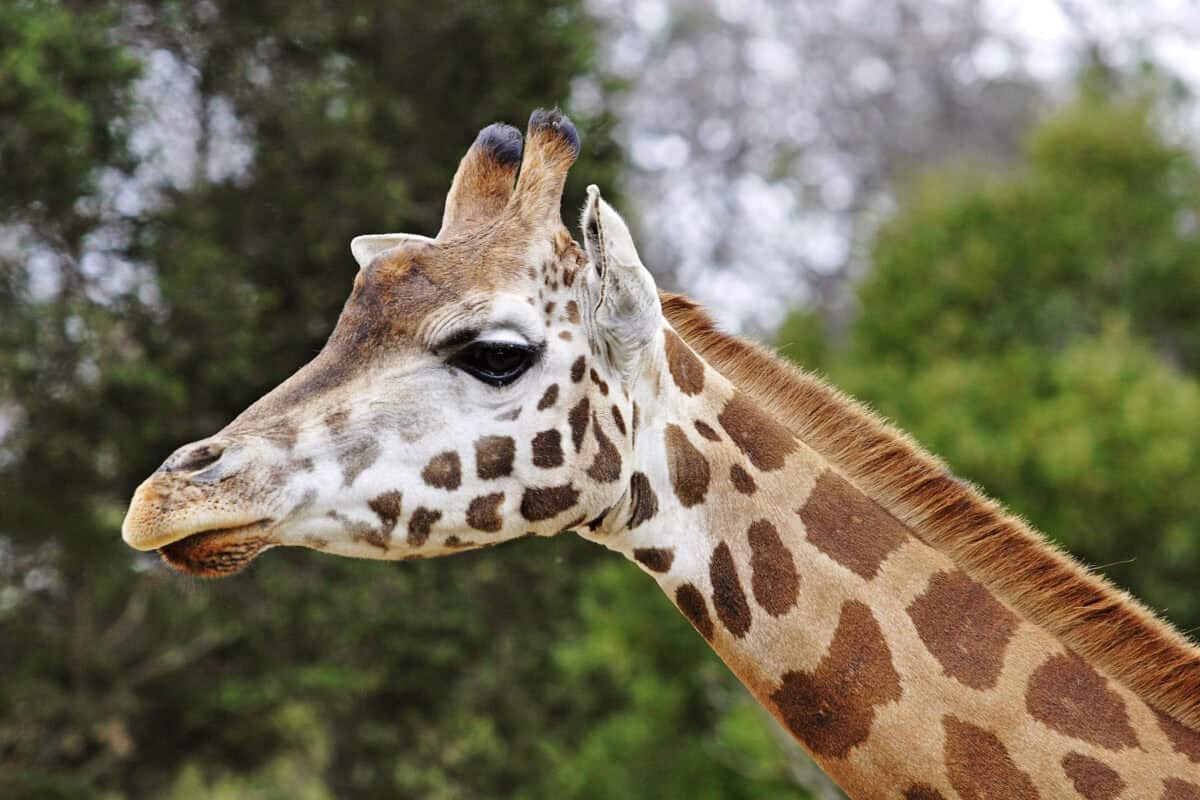
Giraffes seem to defy conventional sleep requirements, as they manage to get by on remarkably little sleep. Adult giraffes often only sleep for about 30 minutes to 2 hours a day, typically taking short power naps that last around 5-10 minutes each. These naps usually occur while the giraffes are standing, though they occasionally lie down and enter a deeper REM sleep cycle with their necks curled back.
3. Sea Otters – Anchored Slumber
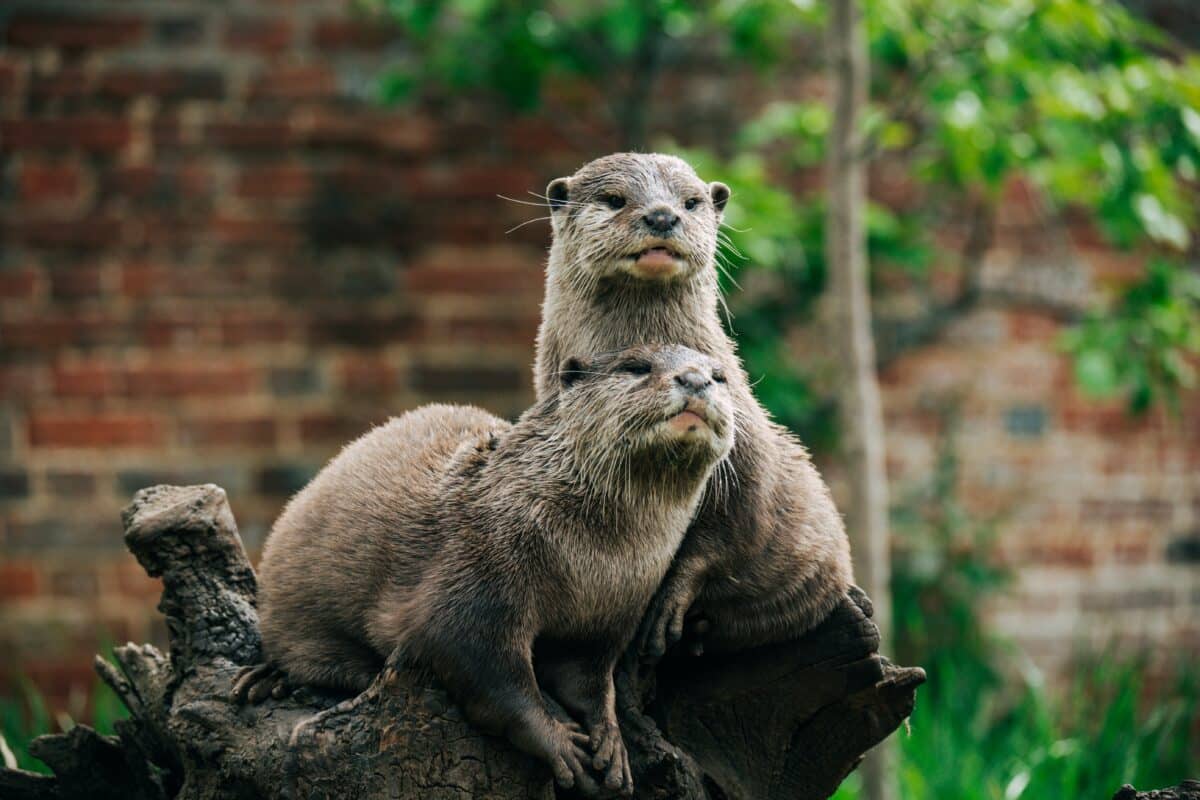
Sea otters have a charming and unusual way of ensuring they don’t drift away while asleep in the water. They wrap themselves in kelp or hold hands with other sea otters to stay anchored in place. This social sleeping behavior not only ensures safety through numbers but also reinforces social bonds within groups. Observing a raft of sea otters peacefully slumbering is truly a sight to behold.
4. Frigatebirds – Mid-Air Rest
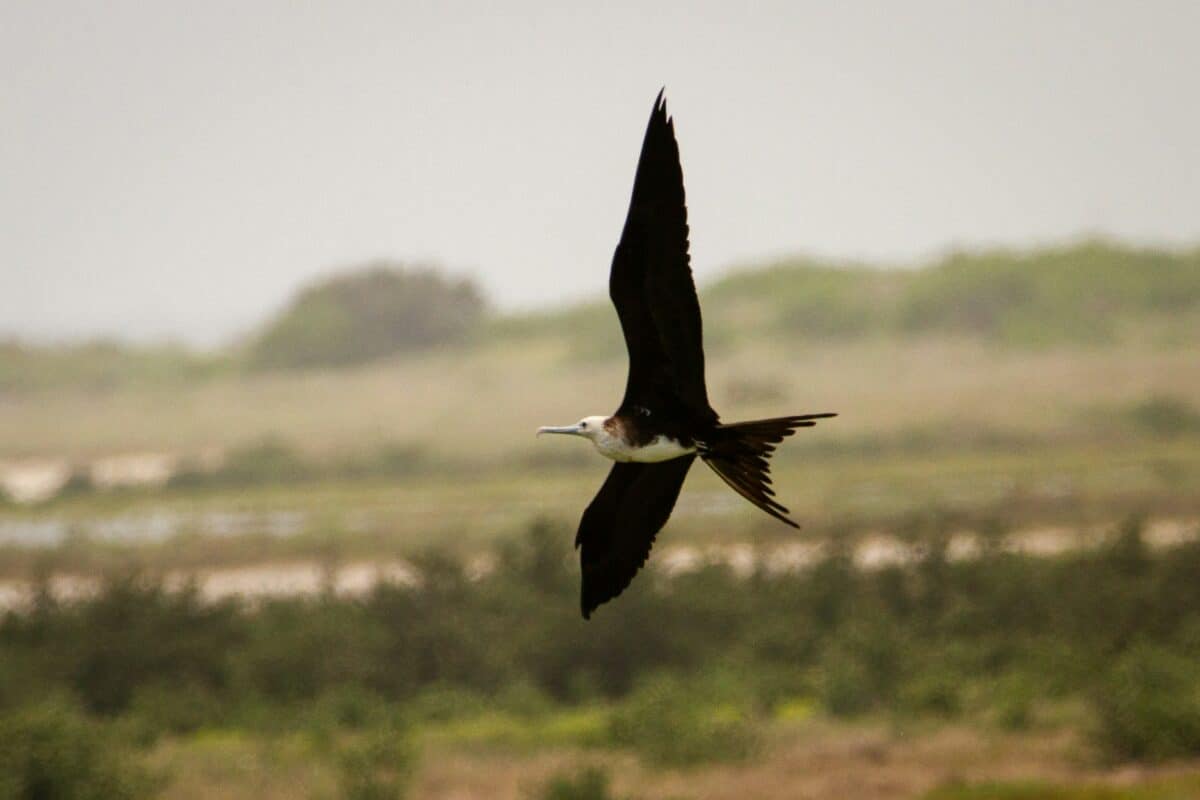
Frigatebirds are remarkable fliers capable of staying aloft for weeks. They achieve this by experiencing short bursts of sleep while in flight. They can shut down one hemisphere of their brain for several seconds at a time, allowing them to nap without losing altitude or stopping their dynamic gliding. This adaptation is essential for their survival during long migratory journeys over open oceans.
5. Horses – Standby Sleepers

Horses possess the remarkable ability to sleep while standing up, thanks to an arrangement of ligaments and tendons known as the “stay apparatus.” This adaptation enables them to lock their legs in place and catch some Zs without the risk of falling over. While they can enter a light sleep standing, they still need to lie down for REM sleep, albeit much less frequently than humans.
6. Bats – Inverted Rest

Bats are iconic for their unusual sleeping posture, hanging upside down. When relaxed, special tendons in their feet grip tightly, allowing them to sleep securely inverted. This upside-down position allows them to quickly drop into flight if threatened. Hanging also keeps them out of the reach of many predators and maximizes enclosed roosting spaces, like caves and tree hollows.
7. African Elephants – Nomadic Nappers

African elephants exhibit unique sleep behaviors linked to their matriarchal social structure and their need to cover large distances for resources. These massive mammals sleep less than most animals, averaging just 2 hours a day, often while standing. Elephants usually take short naps in the nighttime hours but may lie down during rarely extended rest periods, typically when they feel safe from predators.
8. Sloths – Suspended Slumber
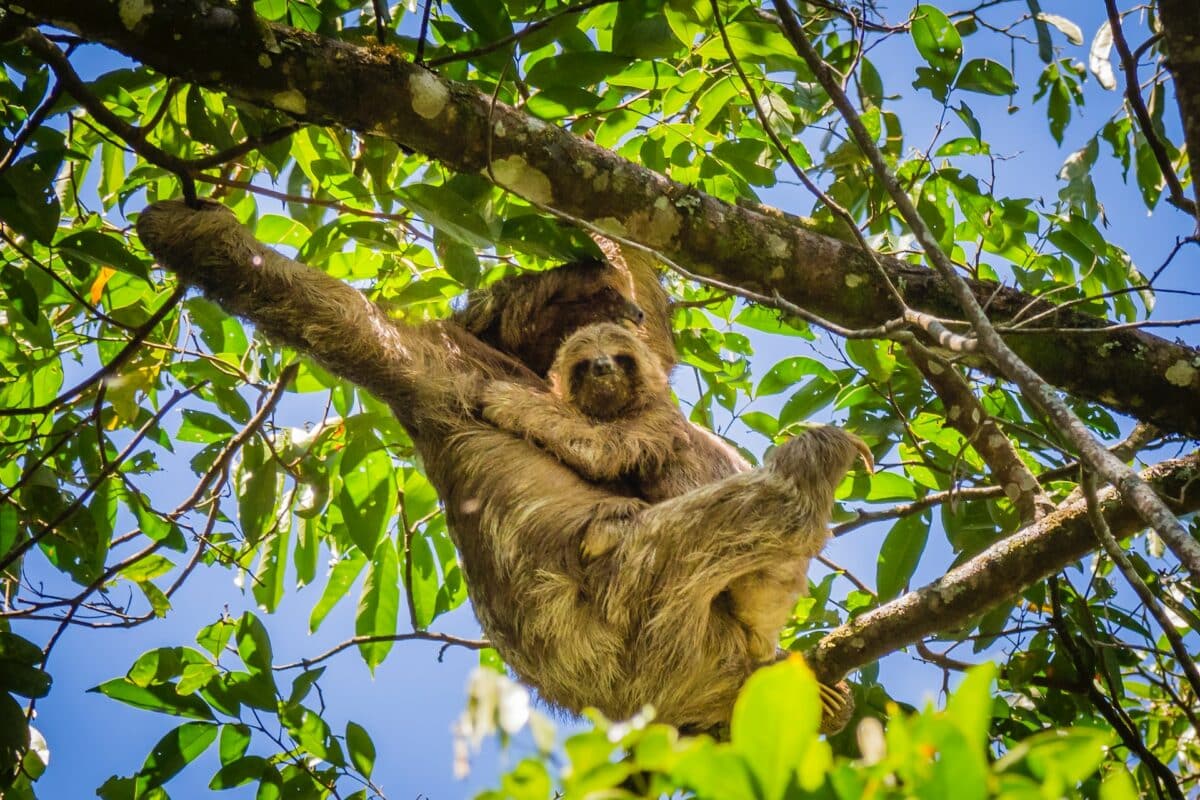
Sloths are well-known for their leisurely lifestyle. They spend about 15-20 hours a day sleeping while suspended upside down from tree branches. Their sleeping habits support their slow metabolism and energy-conserving behaviors. The inverted position also shelters them from predators and environmental elements, mimicking their natural camouflaged state among the leaves.
9. Walruses – Land and Sea Snoozing
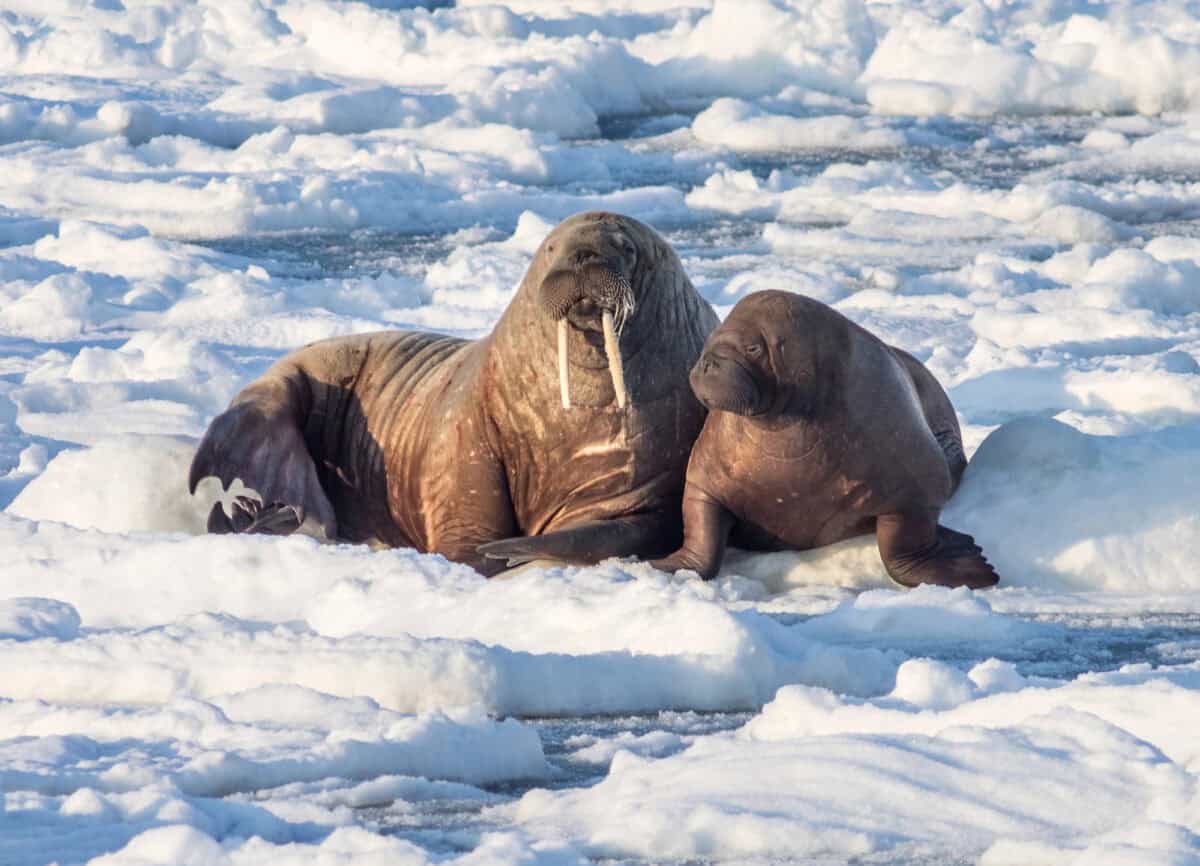
Walruses stand out with their versatile sleeping habits, capable of resting both in water and on land. In water, they can sleep whilst floating on the surface or allowing their bodies to sink and rest on the ocean floor, using their inflated air sacs for buoyancy. On land, their ability to sleep in a variety of positions is showcased, from lounging on sandy beaches to huddling in crowded groups.
10. Migratory Birds – Sleep on the Fly
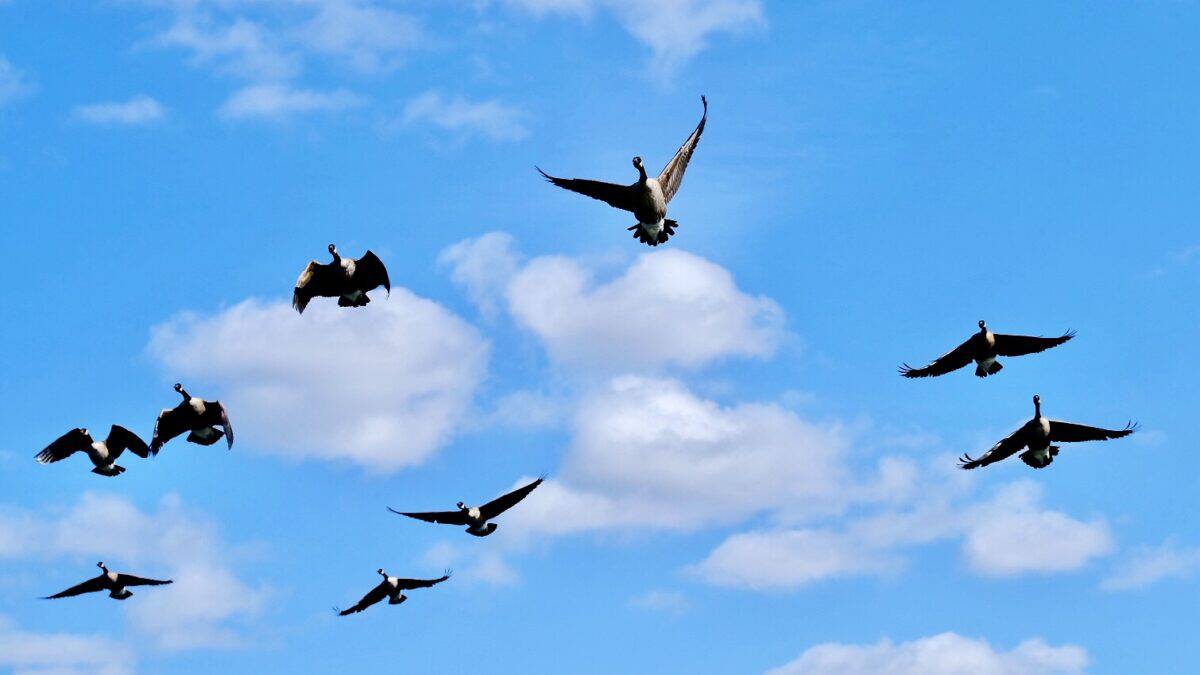
Similar to frigatebirds, many migratory bird species have developed the ability to sleep while flying. This adaptation is crucial for birds that undertake long migratory journeys across continents. By shutting down only half of their brain at a time, birds like the Alpine Swift can maintain navigation and flight control, ensuring they reach their destinations even during exhausting travels.
Conclusion

From half-brain snoozing dolphins to inverted bats and minimalist giraffes, these animals showcase a broad spectrum of unique sleep strategies tailored to their survival needs. The amazing diversity in sleeping habits mirrors the adaptability of life in different environments, highlighting nature’s ingenuity in addressing the universal requirement for rest. Understanding these peculiar sleep patterns not only captivates our curiosity but also enriches our appreciation for the dynamic lifestyles of the animal kingdom.
- 13 Animals That Outsmart Their Predators - August 9, 2025
- Why Some Frogs Glow in the Dark and What It Means - August 9, 2025
- The Most Powerful Hurricane to Ever Hit US Shores - August 9, 2025

